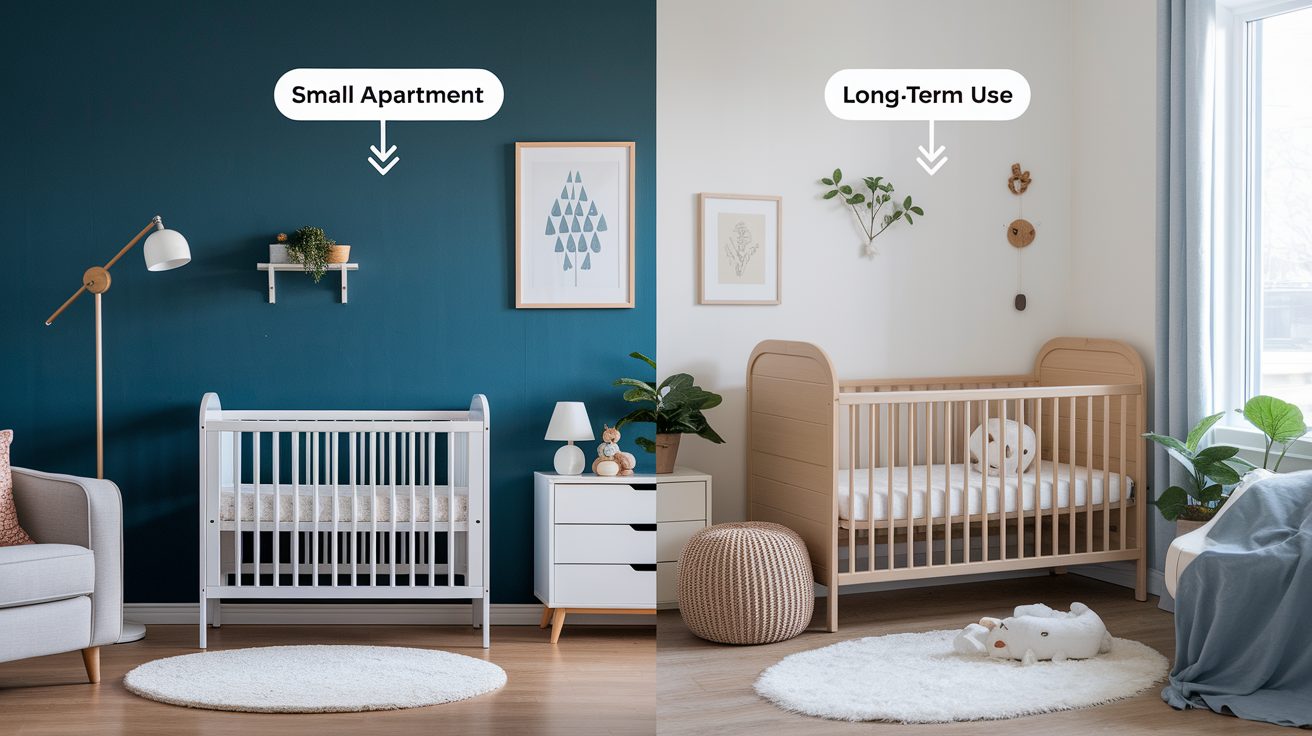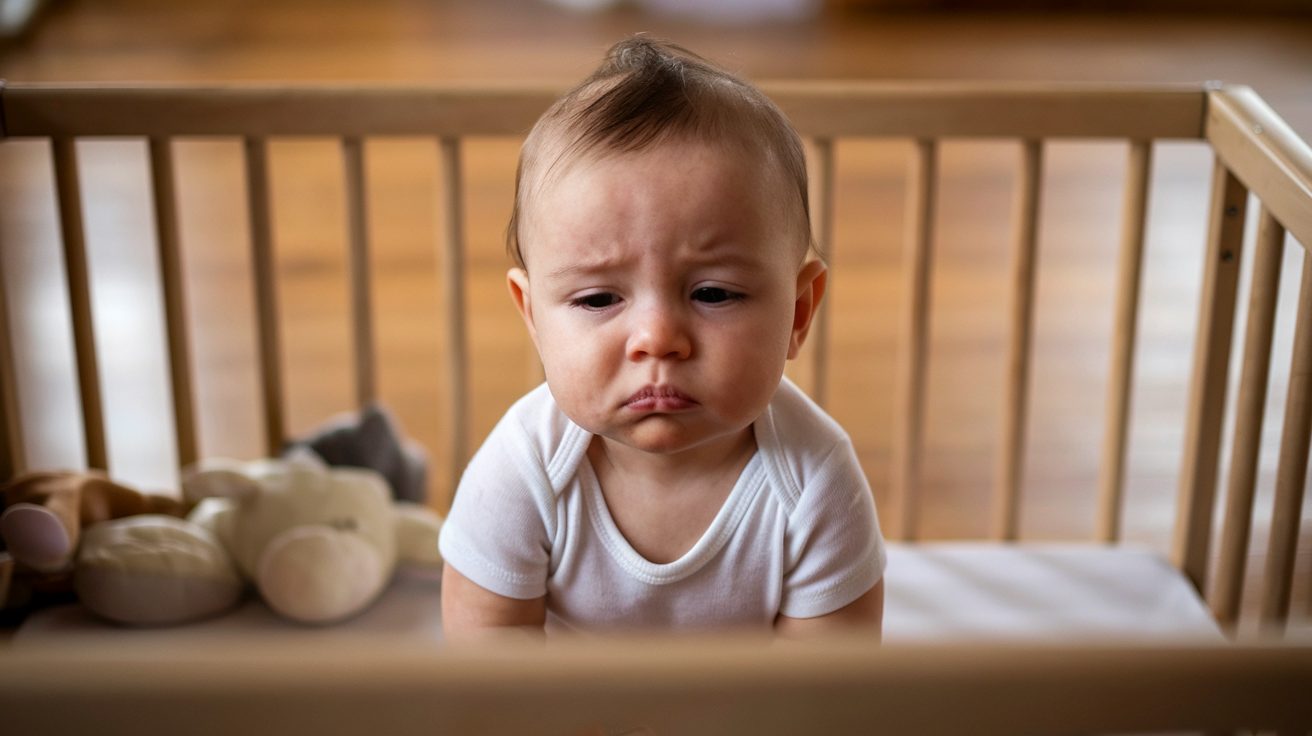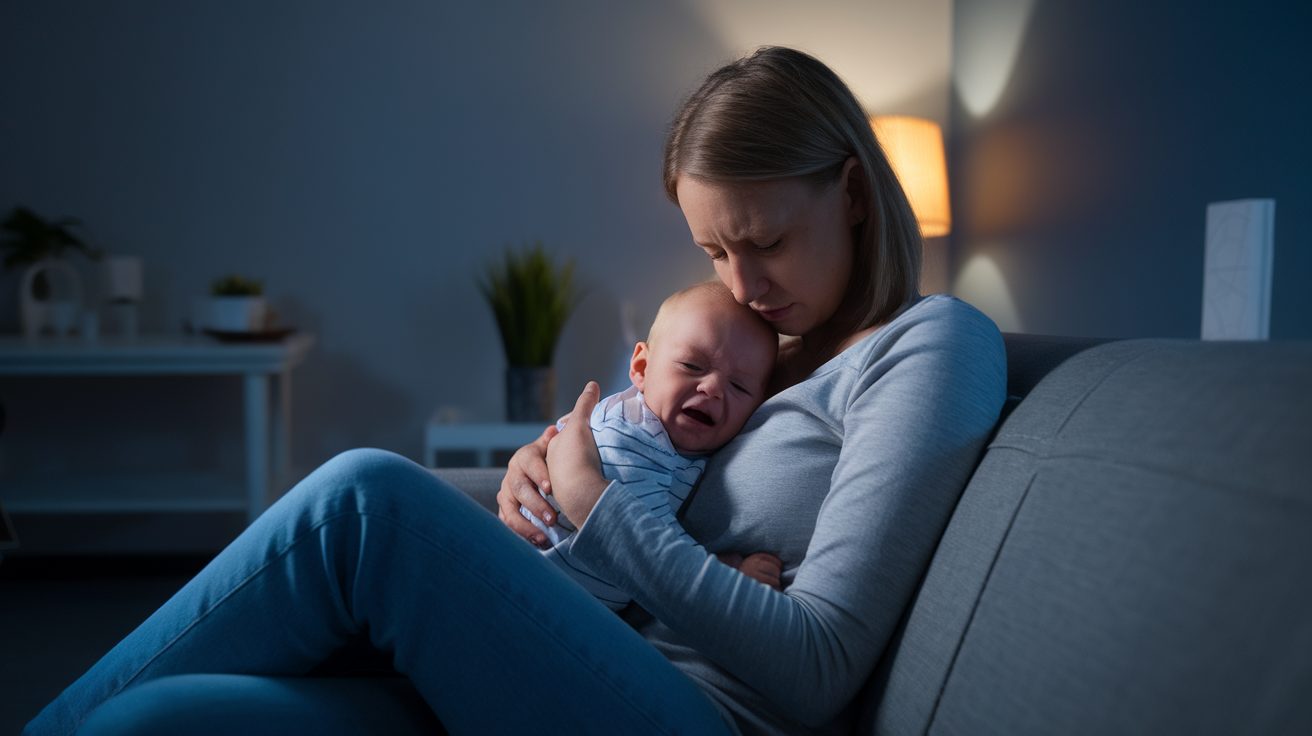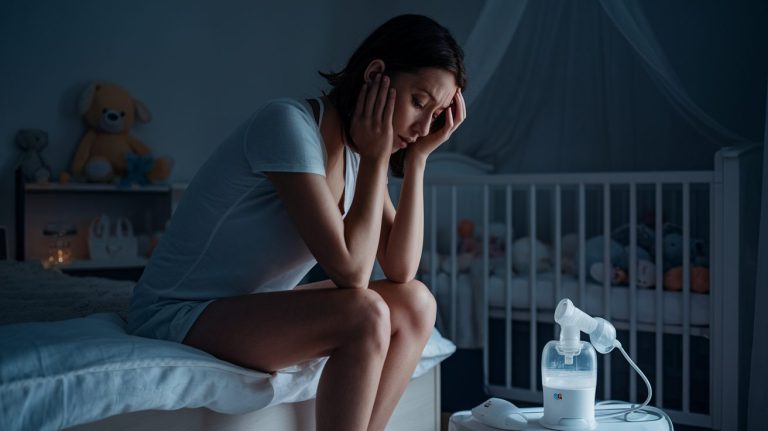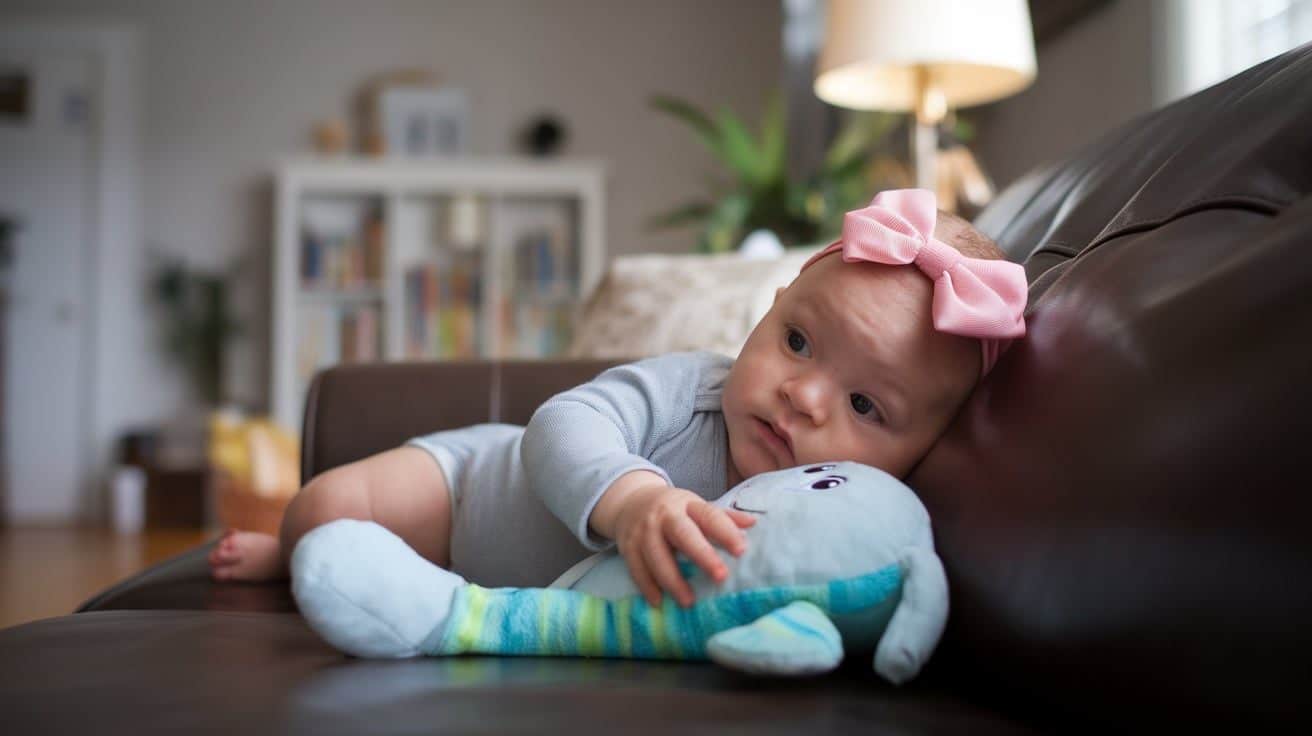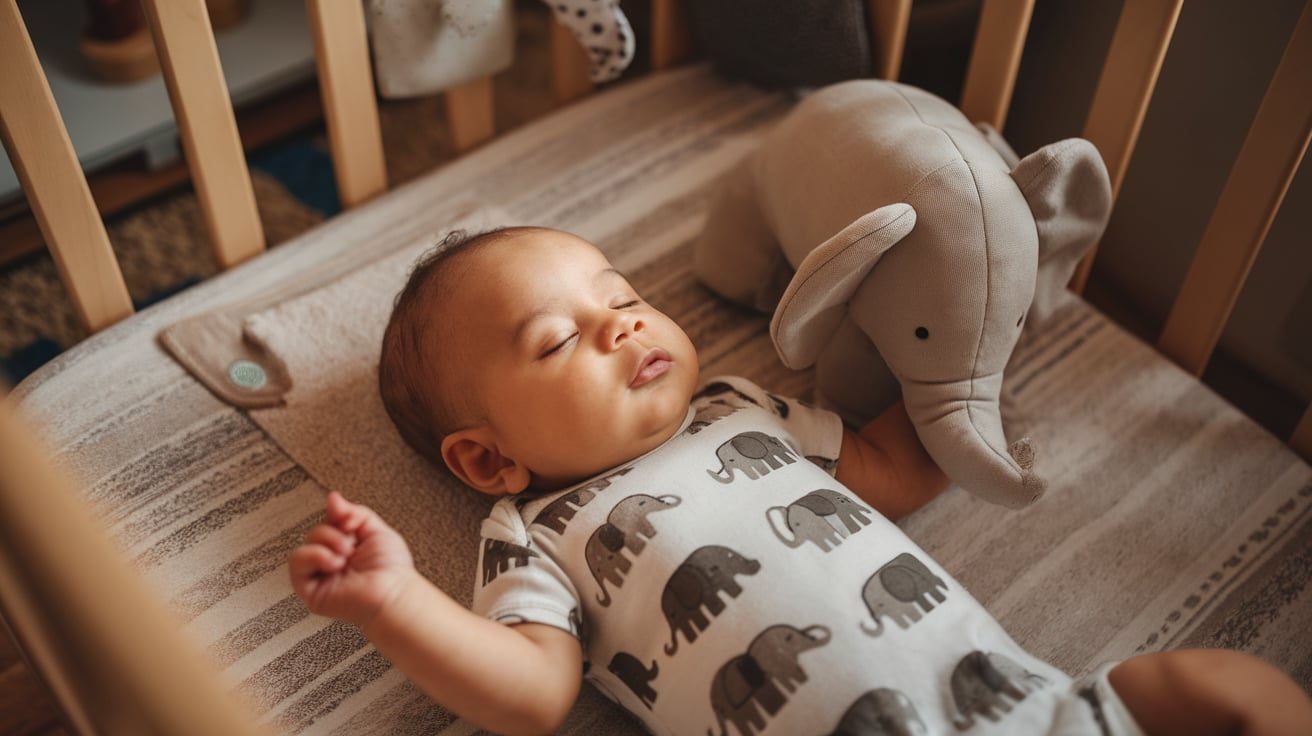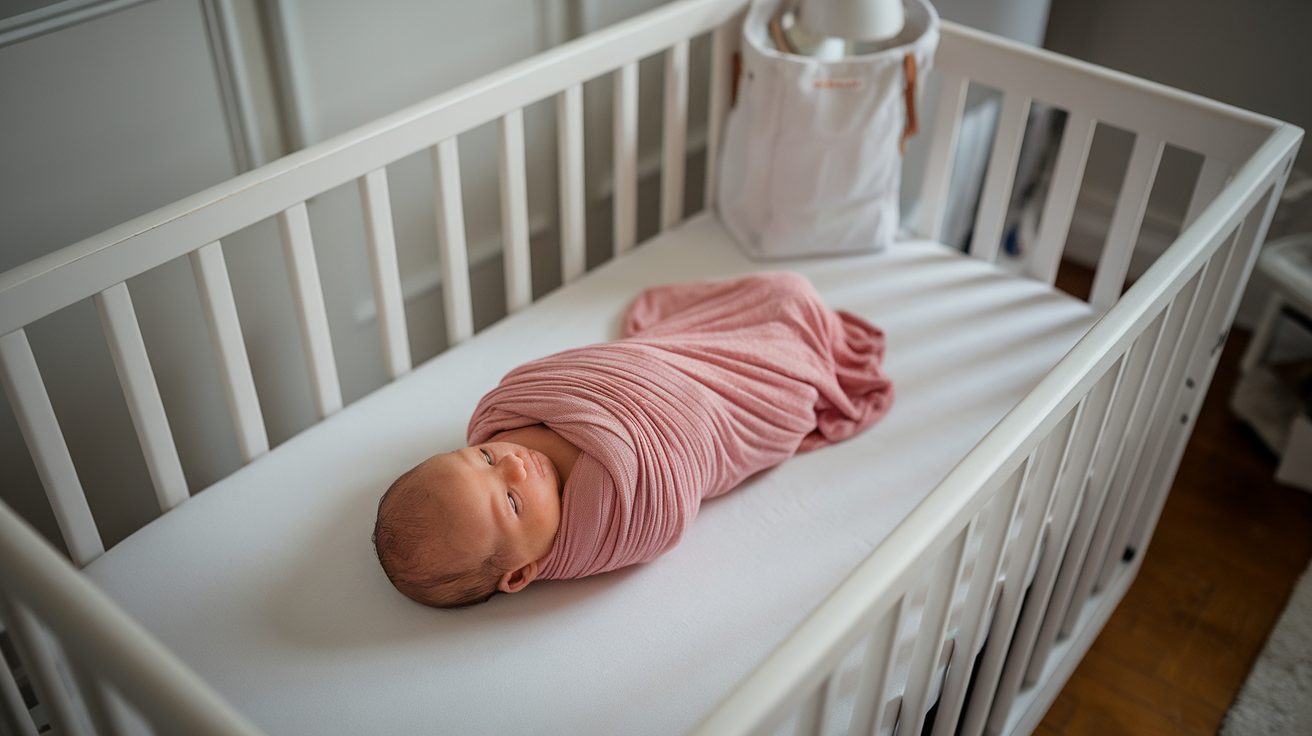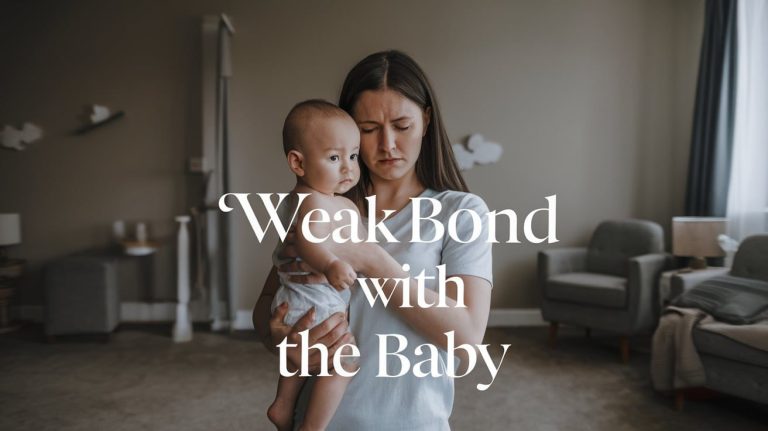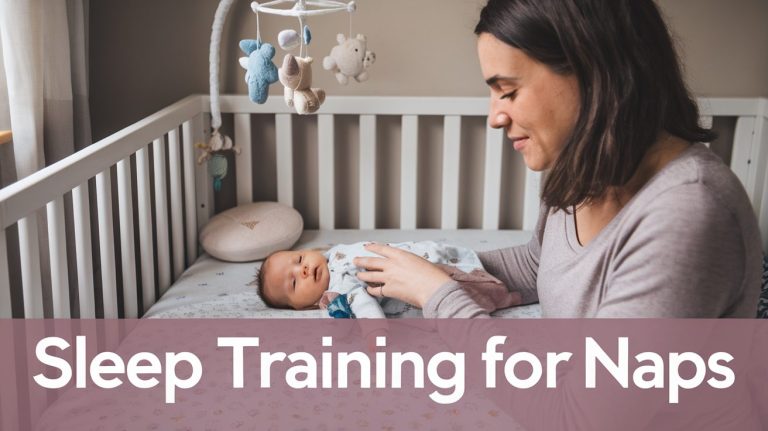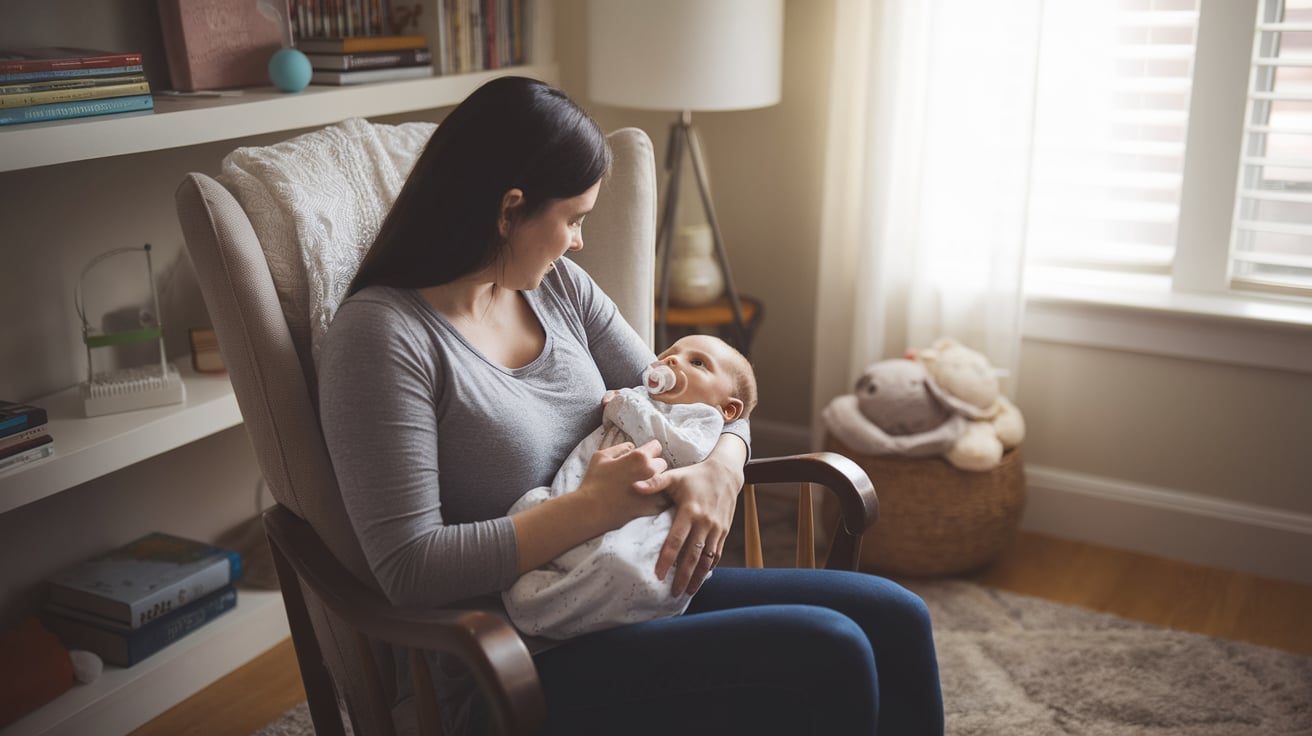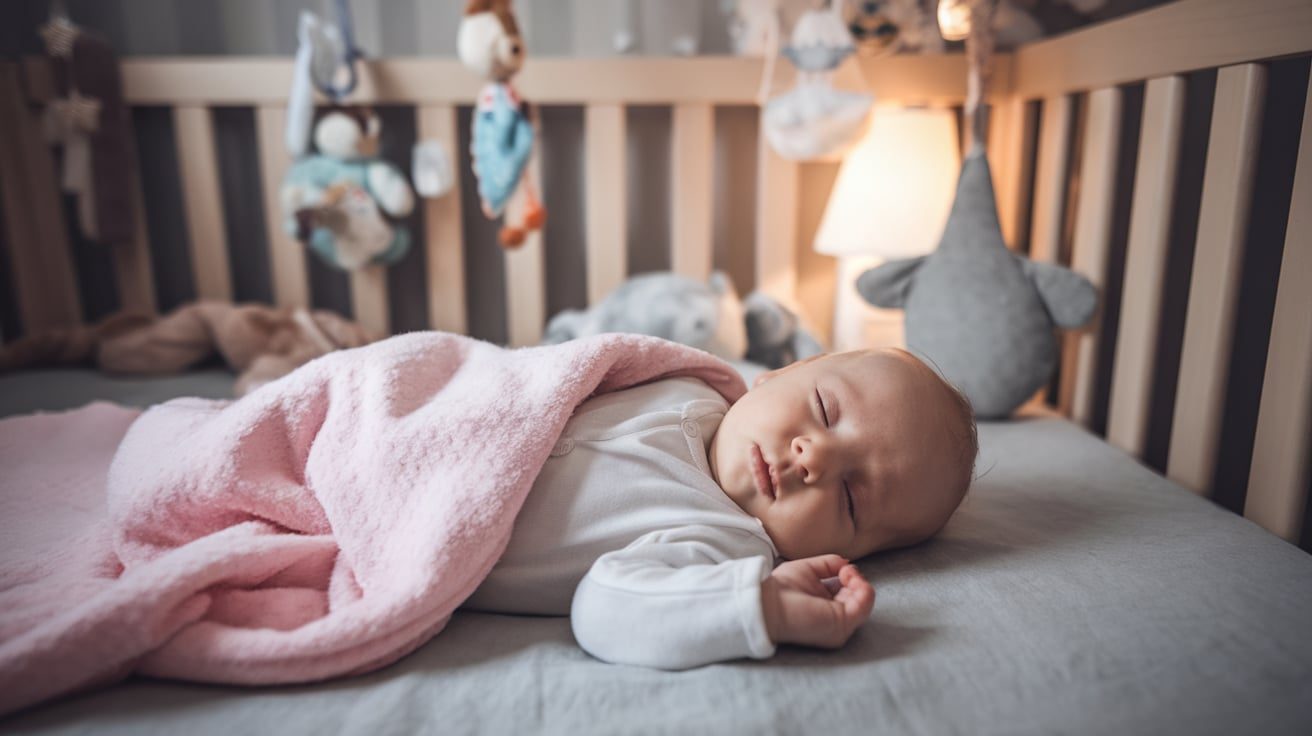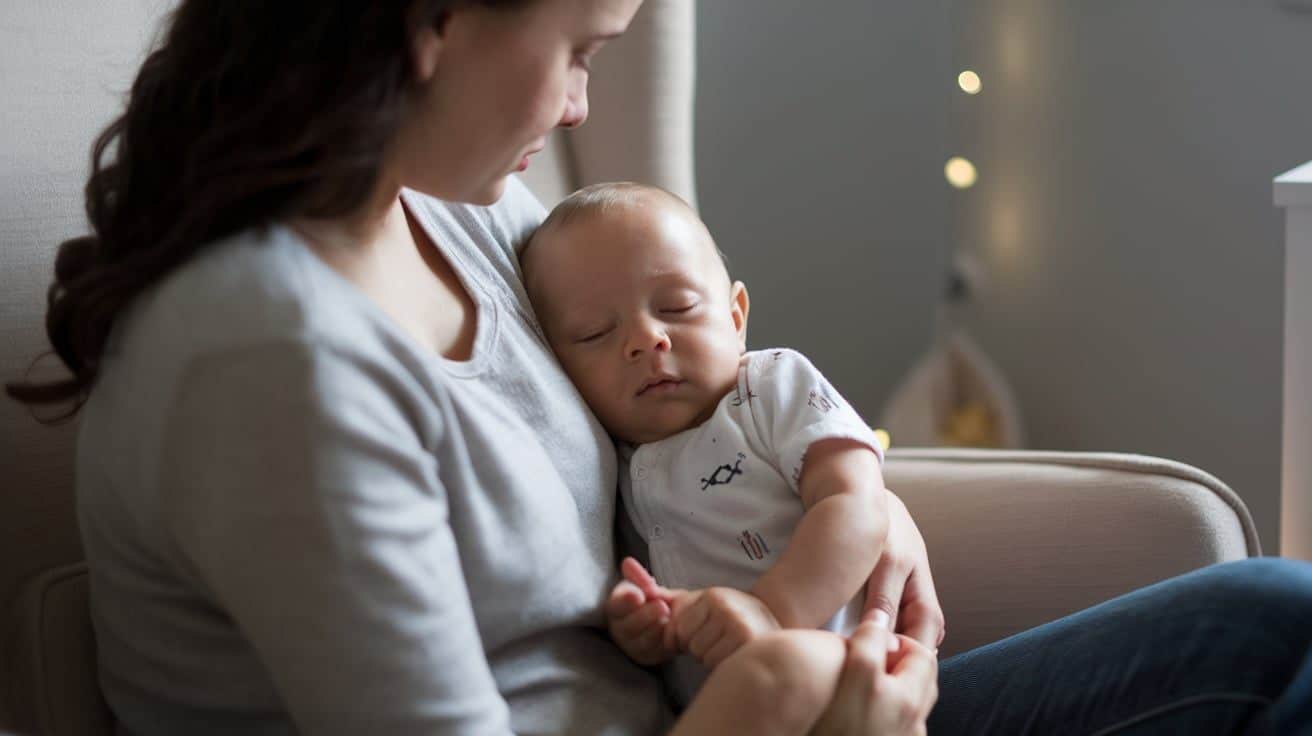Expecting a baby but wondering which crib to buy? Don’t worry – you’re not alone!
Shopping for baby crib can make your head spin. Cribs come in different sizes, and choosing between a mini crib and a standard one isn’t always easy.
“Will a mini crib fit in your space?”
“How long will your baby use it? What about your budget?“
These questions arise for almost every new parent. The good news is that there is a perfect option for your family—you just need to find it!
Let’s look at mini cribs and standard cribs side by side. When you finish reading, you’ll know exactly which is right for your growing family and home.
After all, your baby deserves the best sleep spot, and you deserve peace of mind!
Mini Crib vs Standard Crib: What’s the Difference?
Shopping for baby’s first sleep space? Understanding the key differences between mini cribs and standard cribs helps you make the right choice for your family.
Mini cribs offer space-saving solutions for urban living, while standard cribs provide room to grow. Beyond just size, these options differ in ways that matter to your daily routine and long-term planning.
| Feature | Mini Crib | Standard Crib |
|---|---|---|
| Size | 24″ x 38″ (average) | 28″ x 52″ (average) |
| Weight Limit | 22-35 lbs (varies) | 35-50 lbs (varies) |
| Portability | Often has wheels, easier to move | Typically stationary |
| Longevity | Usually up to 18-24 months | Often up to 3+ years |
| Conversion Options | Limited | Many convert to toddler/full beds |
| Space Needed | Fits small rooms | Requires more floor space |
| Mattress | Special mini size required | Standard size widely available |
| Price Range | $120-$400 | $200-$800+ |
| Storage | Some fold for storage | Rarely collapsible |
| Travel Friendly | Some models, yes | No |
Remember that your lifestyle, living space, and plans are important in this decision. Let’s see which option best suits your unique situation.
When Should You Choose a Mini Crib or a Standard Crib?
Are you unsure which crib type best suits your lifestyle? Let’s review some common situations to help you decide.
Mini Crib Might Be Perfect If:
Your nursery can also double as a home office or guest room. A mini crib provides a dedicated sleep area for the baby while leaving space for a desk or pullout couch.
If you live in a small apartment, a mini crib can fit perfectly in a bedroom corner or a small nook, making it a great choice for urban parents.
Your baby will sometimes stay at your grandparents’ house. The portable design makes weekend visits easier without lugging a travel crib everywhere.
If you have twins but don’t have space for two full-sized cribs. Mini cribs allow both babies to have sleep space without requiring a mansion.
Standard Crib Makes Sense When:
You plan to have the baby sleep in the same bed until kindergarten. A standard crib’s longer lifespan means more value over time.
If You have a nursery with plenty of floor space, why not use your room for a more valuable piece of furniture?
You want a crib that can be converted to multiple bed types. Many standard cribs can transform from cribs to toddler beds to full-sized bed frames as your child grows.
You prefer buying once rather than replacing furniture. Standard cribs typically last longer and accommodate your growing child through multiple stages.
If your family plans include more children close in age, a sturdy standard crib can serve multiple siblings over the years, making it a better investment.
Pros and Cons: Which One Fits Your Needs?
Are you stuck between mini and standard cribs? Let’s Discuss what you’ll love (and what might drive you crazy) about each option. Your perfect choice depends on your space, budget, and how you plan to use it.
Mini Crib
| Pros | Cons |
|---|---|
| Space-saving design ideal for small rooms | Baby typically outgrows it by 18-24 months |
| More affordable price range ($120-$400) | Requires special-sized sheets and mattresses |
| Easier to move between rooms | Limited conversion options for growing children |
| Some models fold flat for storage | Fewer style choices and design options |
| Perfect for apartments or as a second sleeping space | Lower weight limits (typically 22-35 lbs) |
| Lighter weight for easier assembly | May need replacement sooner |
| A good option for grandparents’ homes | Not ideal for older/larger babies |
Standard Crib
| Pros | Cons |
|---|---|
| Provides more sleeping space as the baby grows | Requires significant floor space |
| Often converts to toddler bed and beyond | Higher initial cost ($200-$800+) |
| Higher weight limits for longer use | Heavy and difficult to move once assembled |
| Standard-sized mattresses are widely available | Assembly is often more complex |
| Better long-term investment | Not practical for travel situations |
| More design options and styles to choose from | It can overwhelm smaller rooms |
| Sturdy construction for active babies | Overkill for temporary use scenarios |
Your baby’s safety should always come first, no matter which crib type you choose.
The size and style of a crib matter, but proper safety features are even more crucial. Before making your final decision, let’s consider what safety measures you should consider.
Safety Factors to Consider Before Buying
Let’s talk safety – the part that keeps parents up at night (even more than those 2 AM feedings)!
Whether you go mini or standard, both cribs must be baby-safe havens. After all, your little one will spend up to 16 hours a day in there! Here’s what you absolutely need to know before clicking “buy” on that adorable crib.
Essential Safety Features For Any Crib
| Safety Feature | What to Look For |
|---|---|
| Slat Spacing | No wider than a soda can (2⅜ inches) – if a can fits through, it’s unsafe! |
| Mattress Fit | It should be snug enough that you can barely fit two fingers between the mattress and crib side. |
| Materials | Non-toxic finishes that won’t harm curious teething babies |
| Hardware | All screws and bolts are fully tightened – no wobbles allowed! |
| Corner Posts | Flush with end panels (or tall) so clothing can’t catch |
| Drop Sides | Big no-no! These were banned in 2011 for serious safety issues |
| Certifications | Look for the JPMA seal – it’s like a safety gold star |
Common Mistakes to Avoid
Ever seen those picture-perfect nurseries on Instagram? Some are hiding real hazards! Avoid these rookie mistakes:
- Using grandma’s antique crib (charming but dangerous)
- Adding fluffy bumpers or blankets (major suffocation risk)
- Putting the crib near window blinds (choking hazard)
- Waiting too long to lower the mattress (curious climbers develop early!)
- Using the wrong-sized mattress (gaps are dangerous)
Your Pre-Purchase Safety Checklist
✓ Newer model? Check!
✓ Does it meet current federal safety standards? Double-check!
✓ No sharp edges to scratch delicate skin? Triple-check!
✓ All parts included and instructions clear? Absolutely!
✓ Does the Manufacturer have a clean recall record? Look it up!
While the gorgeous crib design might catch your eye, the safety features should steal your heart. Your baby’s sleep space should be as safe as it is sweet!
Making Your Final Decision: Mini Crib or Standard?
Choose a mini crib if you have limited space, need portability, or are setting up a temporary sleep area. They’re perfect for small apartments, grandparents’ homes, or as a second sleeping spot.
If you have the space and want something that will last longer, go with a standard crib. These are great in dedicated nurseries and for families planning to use the same sleep space for several years.
Your living situation, budget, and how long you need the crib should guide your choice. The good news is that both options can provide a safe, comfortable place for your baby to rest.
Trust your instincts—you know your family’s needs better than anyone. When you select a crib carefully, it will be perfect.
Mini Crib or Standard—You’ve Got This!
Finding the right crib doesn’t have to be complicated. Whether you choose a space-saving mini crib or a long-lasting standard crib, your baby will have a safe and cozy place to sleep.
Remember that your unique living situation, budget, and plans should guide your decision. Mini cribs offer flexibility and affordability for smaller spaces, while standard cribs provide room to grow for years.
What matters most isn’t the size of the crib but the love surrounding your baby when they sleep in it.
Ready to make your choice?
Take the next step toward peaceful nights and happy naps— see our top-rated cribs and find the perfect match for your nursery today!
Frequently Asked Questions
How Long Can a Baby Stay in a Mini Crib?
Depending on their size and mobility, most babies can use a mini crib until they are 18 to 24 months old.
Is a Mini Crib Better Than a Crib?
A mini crib is better for small spaces and portability, while a standard crib is better for long-term use and durability.
Do Toddlers Fit in Mini Cribs?
Most toddlers outgrow mini cribs by age 2, though some models can accommodate smaller toddlers for a bit longer.
When to Switch From Mini Crib to Crib?
Switch when your baby reaches the height or weight limit, starts climbing out, or needs more sleeping space.


